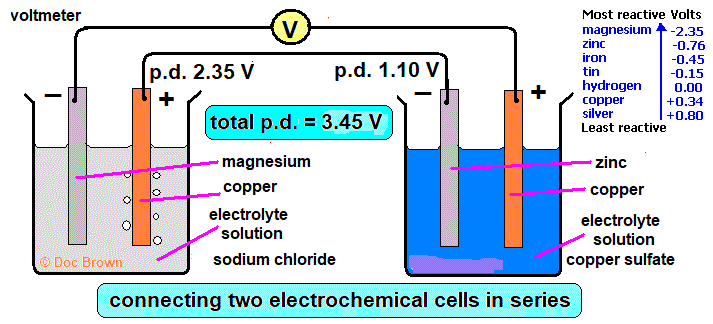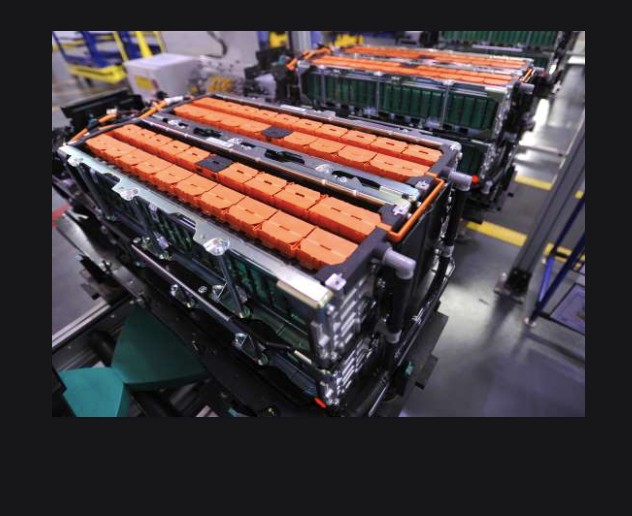The Union Cabinet approved Production Linked Incentive (PLI) scheme “National Programme on Advanced Chemistry Cell Battery Storage”.
The approval is given to the proposal of the Department of Heavy Industry for implementation of the PLI Scheme ‘National Programme on Advanced Chemistry Cell (ACC) Battery Storage’ for achieving manufacturing capacity of Fifty (50) Giga Watt Hour (GWh) of ACC and 5 GWh of “Niche” ACC with an outlay of Rs 18,100 crore.
ACCs are the new generation of advanced storage technologies that can store electric energy either as electrochemical or as chemical energy and convert it back to electric energy as and when required.
Electricity grids
Consumer electronics, electric vehicles, advanced electricity grids, solar rooftop etc. which are major battery-consuming sectors are expected to achieve robust growth in the coming years. It is expected that the dominant battery technologies will control some of the world’s largest growth sectors.

While several companies have already started investing in battery packs, though the capacities of these facilities are too small when compared to global averages, but there still is a negligible investment in manufacturing, along with value addition, of ACCs in India.
All the demand of the ACCs is currently being met through imports in India. The National Programme on Advanced Chemistry Cell (ACC) Battery Storage will reduce import dependence.
Battery manufacturers
It will also support the Atmanirbhar Bharat initiative. ACC battery Storage manufacturers will be selected through a transparent competitive bidding process. The manufacturing facility would have to be commissioned within a period of two years. The incentive will be disbursed thereafter over a period of five years.
The incentive amount will increase with increased specific energy density & cycles and increased local value addition. Each selected ACC battery Storage manufacturer would have to commit to set-up an ACC manufacturing facility of a minimum five (5) GWh capacity and ensure a minimum 60% domestic value addition at the Project level within five years.
Furthermore, the beneficiary firms have to achieve a domestic value addition of at least 25% and incur the mandatory investment Rs.225 crore /GWh within 2 Years (at the Mother Unit Level) and raise it to 60% domestic value addition within 5 Years, either at Mother Unit, in case of an Integrated Unit, or at the Project Level, in case of “Hub & Spoke” structure.
The outcomes/ benefits expected from the scheme are as follows:
Setup a cumulative 50 GWh of ACC manufacturing facilities in India under the Programme.
Direct investment of around Rs.45,000 crore in ACC Battery storage manufacturing projects.
Facilitate demand creation for battery storage in India.
Facilitate Make-ln-lndia: Greater emphasis upon domestic value-capture and therefore reduction in import dependence.
Net savings of Indian Rs. 2,00,000 crore to Rs.2,50,000 crore on account of oil import bill reduction during the period of this Programme due to EV adoption as ACCs manufactured under the Programme is expected to accelerate EV adoption.
The manufacturing of ACCs will facilitate demand for EVs, which are proven to be significantly less polluting. As India pursues an ambitious renewable energy agenda, the ACC program will be a key contributing factor to reduce India’s Green House Gas (GHG) emissions which will be in line with India’s commitment to combat climate change.
Import substitution of around Rs.20,000 crore every year.
Impetus to Research & Development to achieve higher specific energy density and cycles in ACC.
Promote newer and niche cell technologies.





